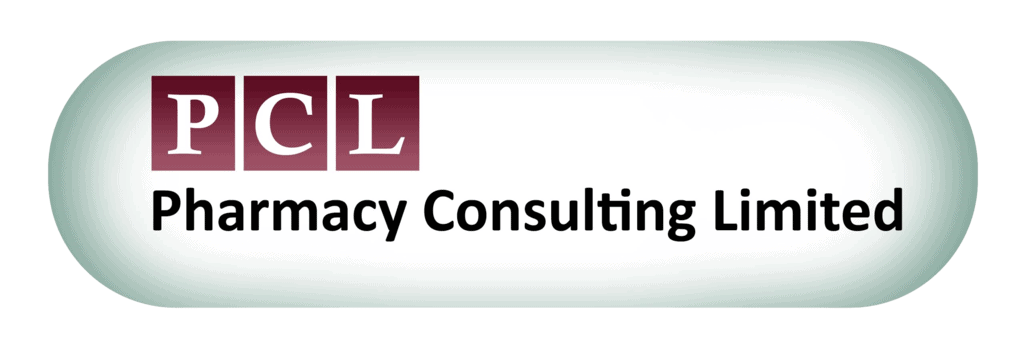The afternoon of the 24th of February was well spent with the spectacular view of stormy clouds over London’s roof tops to my left hand side out across London from the 5th floor of the MHRA Headquarters, and key MHRA personnel delivering key messages from the podium. Delegates came from around the globe from as far as Saudi, and other regulators were in attendance such as the Irish Medicines Board. The afternoon kicked off with Dr. June Raine giving an eloquent review of the year and quoted from the eighth annual report. She detailed the three pillars of support from the MHRA:
- Proactive & protection of public health
- Listening and responding
- Collaborative working with other partners in the EU
She gave details of the regulators KPIs, such as vetting of 50 innovative products within five working days. Although complaints overall were up, homeopathic cases however were a large contributory factor.
Complaints come mainly from competition who have lodged many different complaints varying from social media to complaints about inappropriate POM advertising by private clinics.
Buying medicines on line from illegal websites was also a focus, and the MHRA referenced their 1200 illicit websites they closed down in 2013. The MHRA has the power to remove the revenue stream and the domain name which effectively closes these sites down.
The key thrust is still one of self –regulation and the law sets out principals such as “a person may not …….” when promoting their medicines, rather than dictating what must be done to comply! Companies must have clear policies and procedures in place to assure their advertising is complaint or their competitors are sure to “Whistle blow”.
Is the small print useful on adverts? The MHRA would like us all to comment ….does anybody read it? What else can be done to ensure all the key facts are conveyed to the public, they would like you to comment.
ADRs are to be mentioned in all patient materials and the MHRA would like to encourage more patient “Yellow Card” reporting as the information gleaned is very useful. Patient materials must be consistent with the PIL and not make any promotional claims, clinical trial information should not be cherry picked so that the meaning is enhanced or changed, the information must be balanced and describe both risks and benefits as appropriate.
There are lots of ways to get help and guidance and the MHRA are happy to offer it; they will provide a vetting service and they will monitor and they have legal powers to inspect companies advertising if required to do so. The MHRA “PV” inspections will involve documents and also interview sessions with key personnel and will look at training records and a company’s QMS.
The ABPI code of practice has turned “Yellow “and has been issued with lots of new guidance.
The Blue Guide is under review currently and the MHRA are co-operating with Europe and globally to address advertising challenges. FOAM (Forum on Advertising Medicines) and EFPIA (European Federation of Pharmaceutical Industries and Associates) are addressing issues such as social media, hospitality, patient support and enforcement.
So moving forward, watch this space …..
What are your thoughts on the issue?
Were you an attendee at the conference?
Why not tell us at [email protected].
